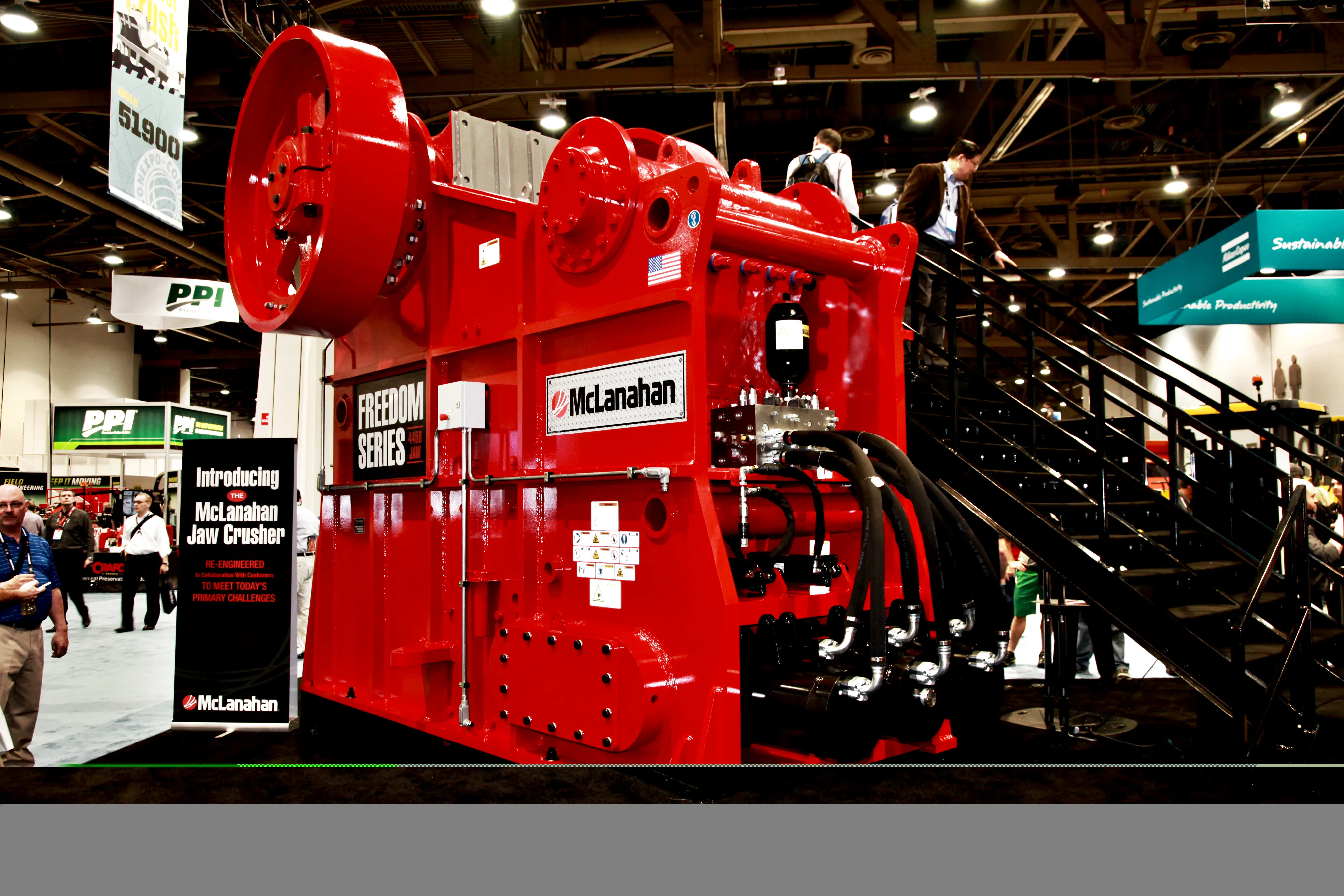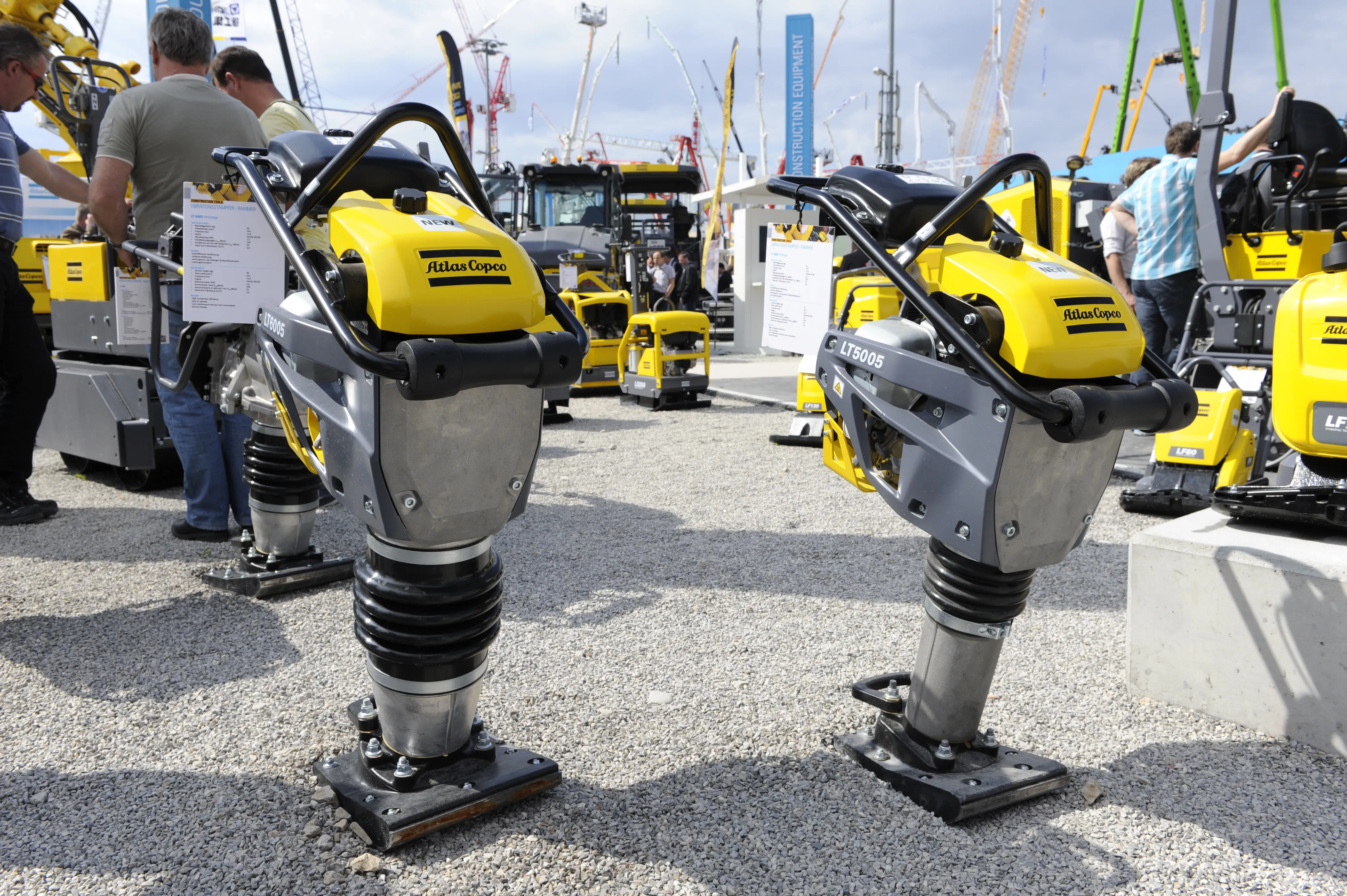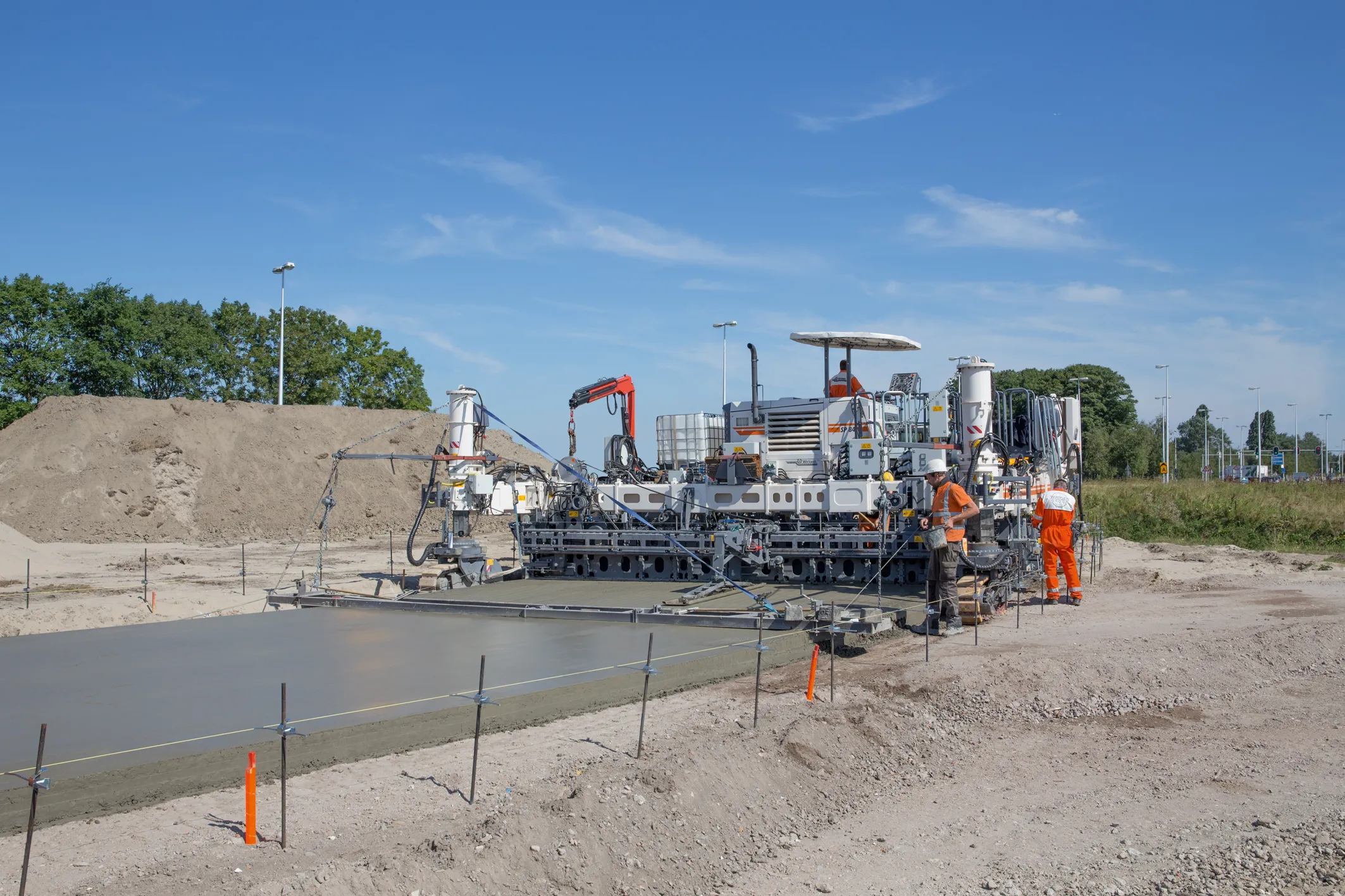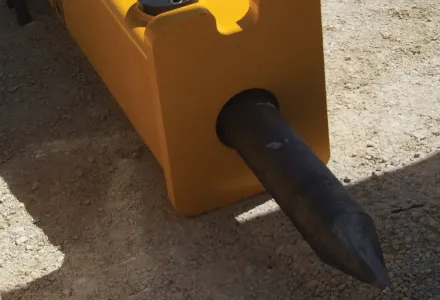For the past two years McLanahan Corporation has collaborated with customers to fully understand their needs when it comes to primary crushing. “Since being first introduced in 1906 by Universal Engineering Corporation [eventually bought by McLanahan], the jaw crusher design has remained much the same over the last century, until now,” said the company.
January 6, 2017
Read time: 2 mins

For the past two years 7597 McLanahan Corporation has collaborated with customers to fully understand their needs when it comes to primary crushing.
“Since being first introduced in 1906 by Universal Engineering Corporation [eventually bought by McLanahan], the jaw crusher design has remained much the same over the last century, until now,” said the company.
“The answer to customers’ needs is a whole new crusher that is able to meet today’s challenges and help producers do even more at the primary crushing stage.”
McLanahan has engineered its new Freedom Series jaw crusher line to give producers a high performance primary crushing solution.
Features of the new Freedom Series 4450 jaw crusher include safety lock pins, and hydraulic assist for wear parts change-out makes maintenance safer with McLanahan engineers designing a simpler way to adjust close-side settings (CSS) and provide tramp iron relief. Hydraulic rams are isolated from crushing action, allowing longer life and full automation, while virtually eliminating toggle migration.
The attack angle and crushing stroke pattern are engineered smarter to increase capacity up to 15% while minimising wear on the jaw dies.
George Sidney, JR, president and coo, said: “This has been a huge investment. The new features on the jaw crusher are subtle, but revolutionary.
“This will change the way that customers will look at primary crushing.”
www.mclanahan.com
“Since being first introduced in 1906 by Universal Engineering Corporation [eventually bought by McLanahan], the jaw crusher design has remained much the same over the last century, until now,” said the company.
“The answer to customers’ needs is a whole new crusher that is able to meet today’s challenges and help producers do even more at the primary crushing stage.”
McLanahan has engineered its new Freedom Series jaw crusher line to give producers a high performance primary crushing solution.
Features of the new Freedom Series 4450 jaw crusher include safety lock pins, and hydraulic assist for wear parts change-out makes maintenance safer with McLanahan engineers designing a simpler way to adjust close-side settings (CSS) and provide tramp iron relief. Hydraulic rams are isolated from crushing action, allowing longer life and full automation, while virtually eliminating toggle migration.
The attack angle and crushing stroke pattern are engineered smarter to increase capacity up to 15% while minimising wear on the jaw dies.
George Sidney, JR, president and coo, said: “This has been a huge investment. The new features on the jaw crusher are subtle, but revolutionary.
“This will change the way that customers will look at primary crushing.”
www.mclanahan.com








